|
As well as the nine scenes from Genesis, the Sistine Chapel ceiling contains pendentives (triangular sections) featuring figures from the Bible and mythology. Twelve of these are categorised as prophetic figures, twelve people who prophesied the coming of a Messiah. Seven are male prophets from the Bible, and the remaining five are female prophetesses or Sibyls from classical mythology. Above the altar sits Jonah, a reluctant prophet famously swallowed by a large fish. Some Bible scholars believe the Book of Jonah is fictional, but whether it is a story or not, Jonah is considered a foreshadowing of Christ. Between the crucifixion of Jesus and his resurrection, He spent three days in the tomb. This is the same length of time that Jonah spent in the belly of the fish. Michelangelo includes the image of a large fish beside the sitting figure of Jonah, although it does not look large enough to swallow a man whole. The prophet Jeremiah sits on the left side of the altar with his head bowed in anguished meditation. Known as the “weeping prophet”, Jeremiah was called by God to proclaim Jerusalem’s coming destruction. According to Jewish tradition, Jeremiah wrote the Book of Jeremiah, the Books of Kings and the Book of Lamentations. The latter is a collection of his laments for the destruction of Jerusalem in 586 BC. Michelangelo captures Jeremiah’s emotional pain and reflects the same emotions in the two figures standing behind the prophet. It is suggested that Jeremiah is a self-portrait of Michelangelo lamenting his fate as a painter when he would rather earn a reputation as a sculptor. Michelangelo depicts the prophet Ezekiel as an elderly man. Like Jeremiah, Ezekiel prophesied the destruction of Jerusalem, but he also spoke of the restoration of the land of Israel. The figure of Ezekiel twists in his seat to look at a smaller figure, who is pointing upwards, either towards God or at the painting of the fall of man. Art historians suggest Ezekiel’s open hand demonstrates his amazement and readiness to receive a message from God. Joel is also represented as an elderly man. The prophet is only mentioned once by name in the Hebrew Bible, in the introduction to the Book of Joel. No one knows for sure when Joel lived and what events he witnessed. In his writings, Joel told people to repent of their sins and promised their safety on “the great and dreadful day of the Lord.” Michelangelo painted Joel with his brow furrowed as he concentrates on his words of wisdom. Some believe Michelangelo based the prophet’s face on the Italian architect Donato Bramante (1445-1514), who helped Michelangelo design the Basilica of Saint Peter in the Vatican. Sitting above the entrance to the chapel is the prophet Zechariah, who proclaimed, “Behold, your King is coming to you … Lowly and riding on a donkey…”(Zechariah 9:9). This prophesied the entry of Jesus into the city of Jerusalem, which is celebrated annually on Palm Sunday. His position over the door is symbolic of the entrance the Pope enters in the Palm Sunday procession. Traditionally, Zechariah is portrayed as a young man, but Michelangelo chose to depict him in his old age. This helps to emphasise Zechariah’s profound prophetic abilities. Isaiah is portrayed as a younger figure who has just been disturbed from his reading by two small figures. Each painting of the prophets features two figures that may represent the conveyors of God’s message. Isaiah foretold the death of the coming Messiah. Many of his prophecies are repeated in the New Testament, particularly concerning the death and resurrection of the “Suffering Servant”. “But he was pierced for our transgressions, he was crushed for our iniquities; the punishment that brought us peace was on him, and by his wounds we are healed.” (Isaiah 53:5) Even younger in appearance is Daniel, who spent many years working as a scribe for King Nebuchadnezzar (642-562 BC). The open book on Daniel’s lap may reference his career or allude to his ability to interpret dreams. Michelangelo used scrolls and books to highlight the prophets’ intellect, but Daniel is the only one who appears to be writing, as though recording his interpretations and prophecies for future generations. Unlike Jonah, whose famous encounter with a giant fish is documented in the painting, there is no reference to Daniel’s experience in the lion’s den, where he was thrown after disobeying the rule that forbade prayer. Part Two of Michelangelo’s Sistine Chapel, printed with permission from Hazel Stainer. To view the article in full, click here or visit www.hazelstainer.wordpress.com
0 Comments
Your comment will be posted after it is approved.
Leave a Reply. |
©Copyright
We are happy for you to use any material found here, however, please acknowledge the source: www.gantshillurc.co.uk AuthorRev'd Martin Wheadon Archives
June 2024
Categories
All
|
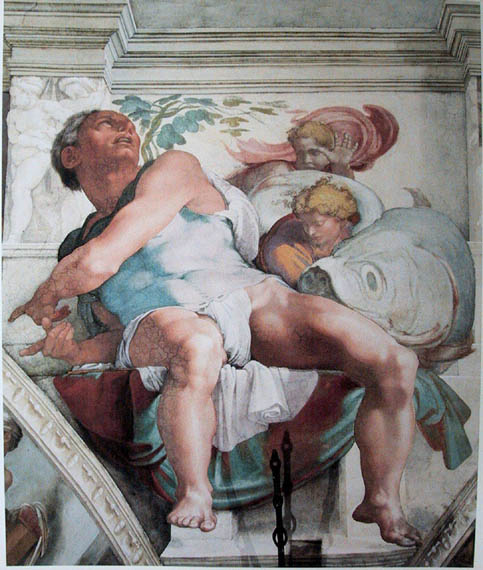
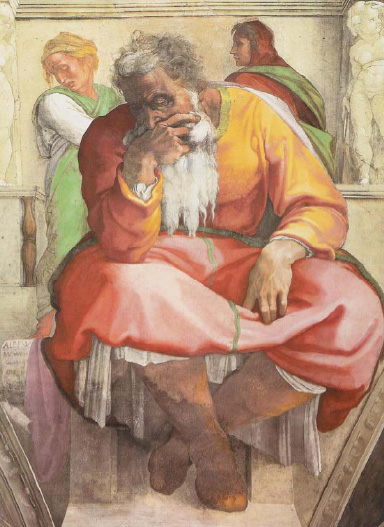
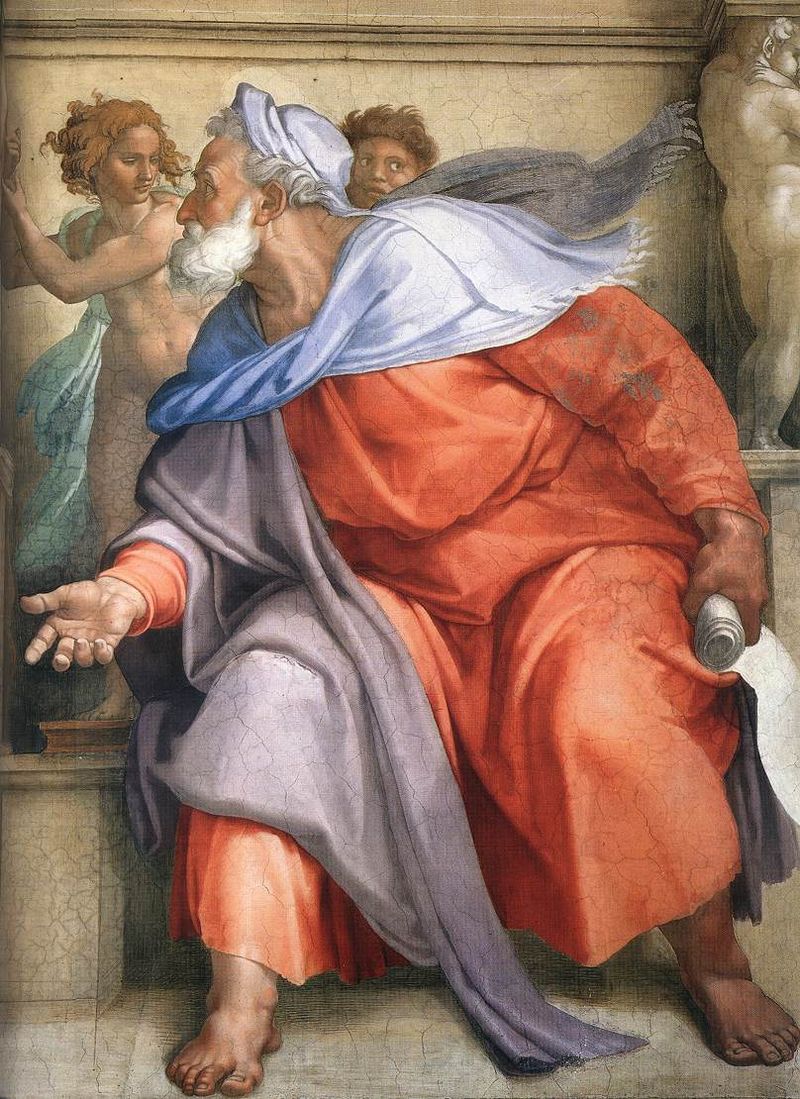
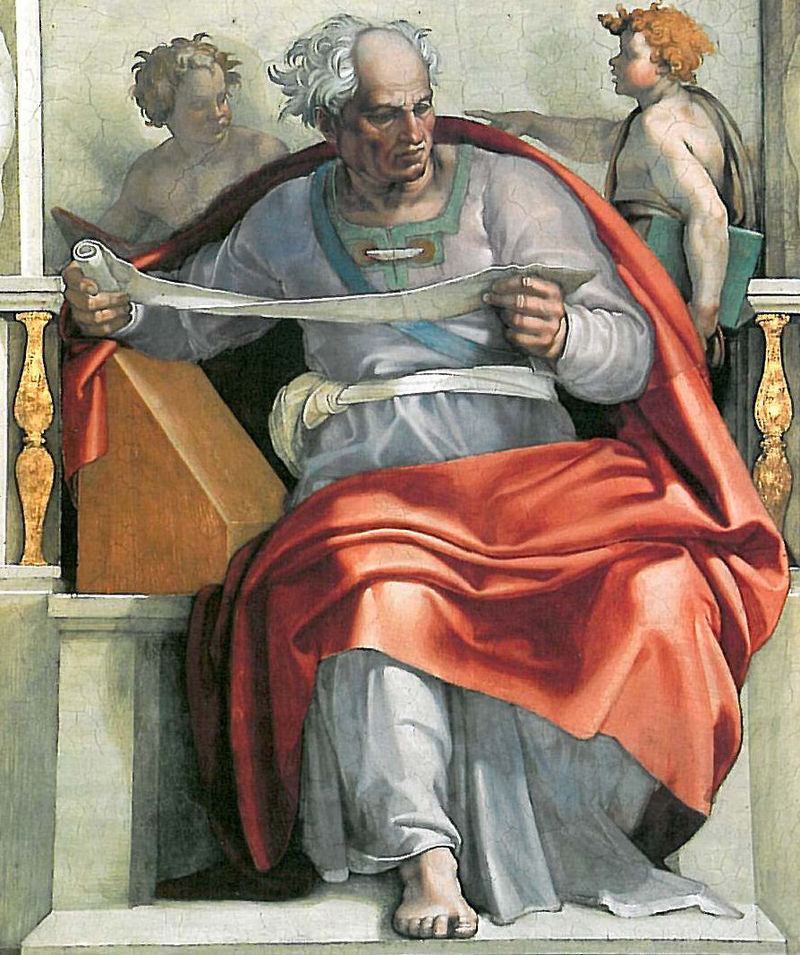
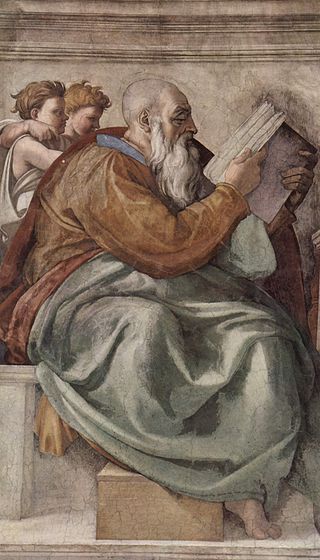
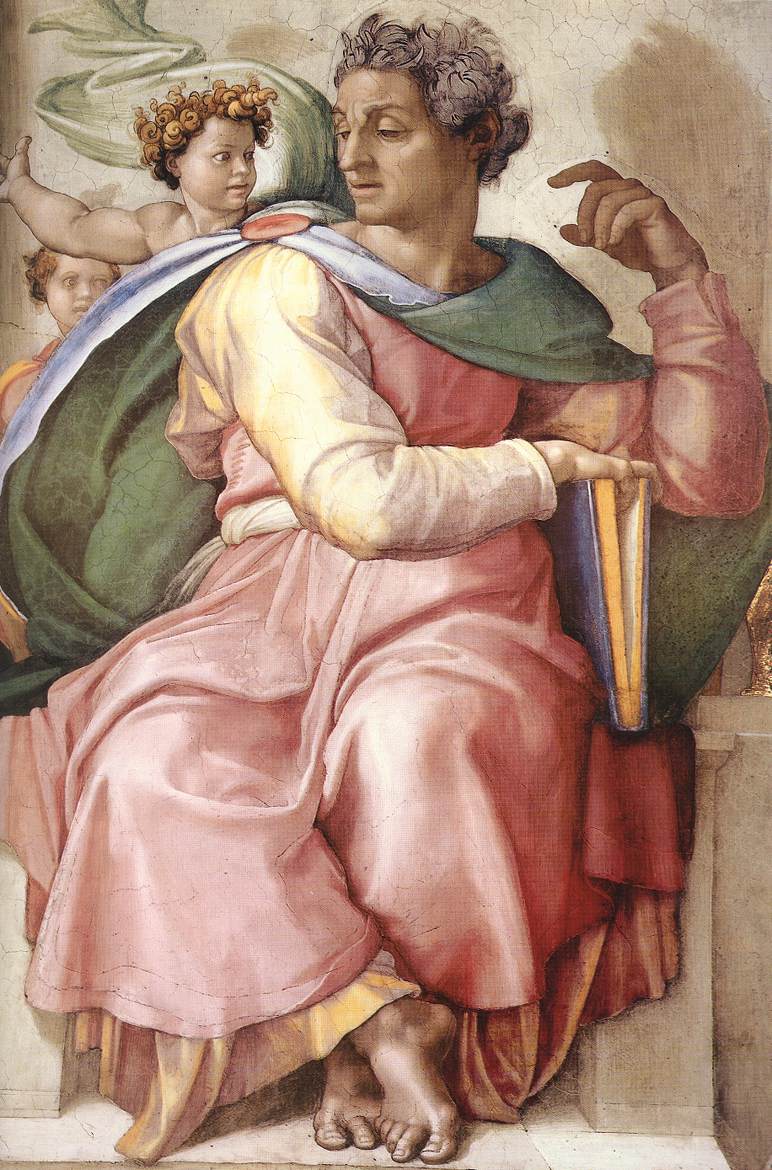
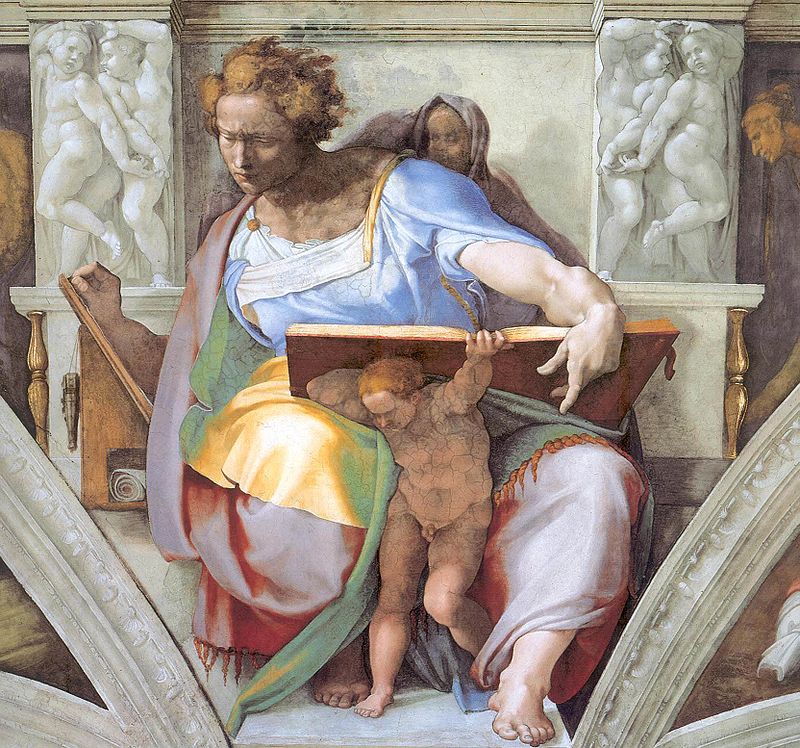
 RSS Feed
RSS Feed